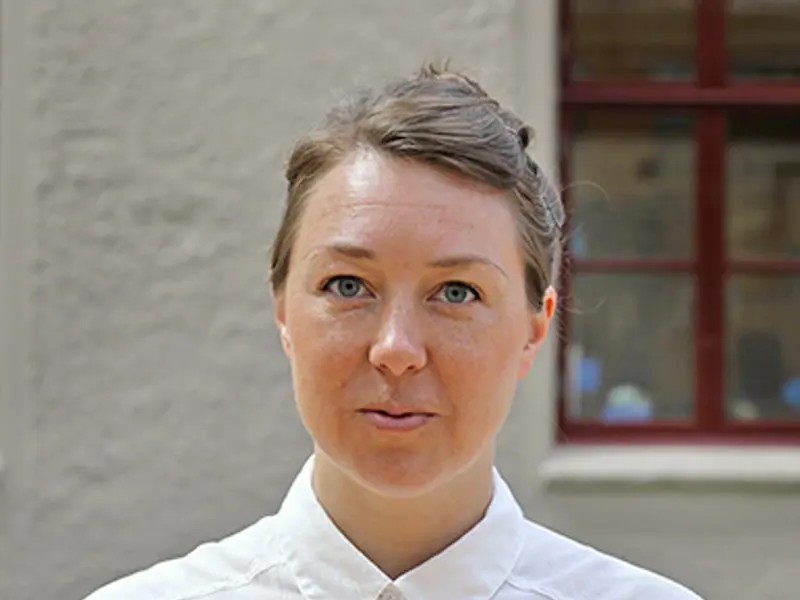For the past five decades, Swedish universities of technology have made concerted efforts towards promoting gender equality and diversity. However, despite these efforts, gender inequalities persist within the institutions. In an attempt to understand this issue, Malin Nordvall has taken a historical approach in her doctoral thesis to study the relationship between national gender equality policies and the responses of universities of technology.

What challenges do you focus on in your research?
To aim for gender equality in Swedish society, and at universities of technology, is a legal requirement. Simultaneously, and over time, what problems to be solved, and what the suitable measures to address these problems are, has been an issue of debate. The thesis explores the various meanings that engineering educators have given to gender equality during two decades of societal transformation, and how these various meanings have intersected with national polices for gender equality, university expansion and university reform. In doing so, the thesis also stresses the unequal distribution of national resources, from female-dominated sectors to male-dominated science and technology.
How do you address the problem?
By demonstrating the continuities and change in debates on gender equality in engineering education, the dissertation highlights underlying assumptions in engineering professionals’ norms, values and ideas that hinders alternative framings of what gender equality implies. By shedding light on such assumptions – what this thesis refers to as professional boundaries – I hope to open the discussion on how to achieve an inclusive education and profession. The thesis examines the hierarchies of university organisation, what counts as marginal and core activities, and as such highlights the structures that academic change work must navigate. At the same time, I enter broader discussions on what a gender equal society implies, and what the purpose of engineering education in such a society could be.
What are the main findings?
A main finding is that general efforts for gender equality in Swedish society has often been directed towards science, technology, and engineering. Engineering representatives have been critical in steering national policies in this direction. The thesis argues that engineering actors have done gender equality politics, by lobbying for national resources for university expansion, marketing campaigns and for curricular reform. For universities of technology, gender equality has been a quantitative issue, equal to representation. To the engineering majority, a gender equal profession is reached when the numbers of men and women are somewhat equal. In contrast to this position, gender scholars and engineering gender equality advocates have emphasised the need for internal reforms – targeting hiring practices, research focus, curricular content and structure, and student culture. But measures to increase gender equality at universities of technology has most often implied external outreach efforts, such as marketing campaigns and information seminars targeting women, rather than internal change work. The thesis shows how internal change, like educational reform, has been implemented, but with little engagement from the engineering majority. The long-term effects of these reforms and reform suggestions have therefore been modest.
Three findings can explain this situation. First, teaching and therefore educational reform is an undervalued activity compared to research at universities of technology. Second, qualitative studies in the social sciences and humanities that have the potential to raise the quality of gender equality efforts have rarely been taken seriously by engineering educators. This is related to what counts as valid knowledge to engineers. Finally, the push for gender equality measures has come from, on the one hand, national policies, and national funding, and on the other, from internal gender equality enthusiasts within universities of technology. The changes suggested have only affected university core activities, such as education and research, when well-positioned staff like engineering faculty and university leadership has taken on the tasks. Hierarchies matter.
What do you hope your research will lead to?
In showing how gender equality, but also engineering and technology, historically has been interpreted at universities of technology, and in Swedish government, I hope to start a discussion on how to move beyond issues of representation, and the idea of “women’s faulty educational choice”. Equity, diversity and inclusion at universities of technology can only be reached if the ingrained professional norms of masculine technology and engineering are taken seriously. Qualitative knowledge on how organisational structures reproduce such norms is one start for the discussion. But I also hope to broaden the conversation to include what a gender-equal society implies, and how engineers and universities of technology can be part in building such a society. In a world facing complex and interlinked challenges, a techno-optimistic worldview is insufficient. A reformed engineering profession have the potential to take lead in such a conversation.
Read the thesis: Shaping Engineers, Making Gender Politics: Swedish Universities of Technology and the Creation of a Policy Field, 1976–1998
The author will defend the thesis on 17 March 2023, see link above.